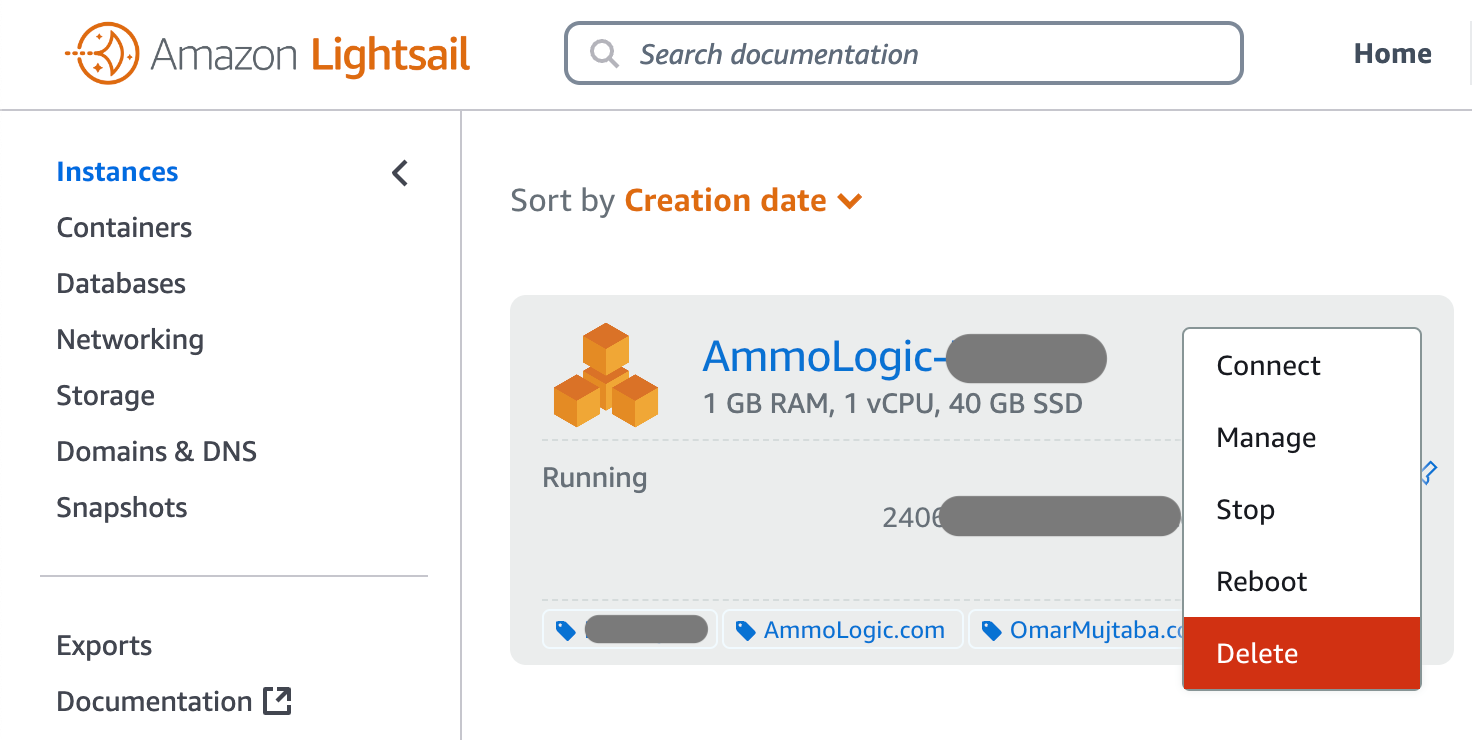Introduction
As a Technical Lead and a line manager, one of the toughest — yet most crucial — responsibilities I carry is giving performance feedback. It’s not the glamorous part of the job, but it’s absolutely necessary, especially when leading high-performing teams made up of senior professionals.
This post is about how I approach performance feedback — the mindset, the method, and the responsibility that comes with it.
My Philosophy on Feedback
In every first 1:1 with a new hire, I tell them this upfront:
I’m completely black and white with my feedback. You’ll always know where you stand. If something isn’t right, I’ll let you know early and clearly — no sugarcoating.
Timely, honest feedback builds trust. Professionals appreciate directness when it’s done with fairness and clarity. But that doesn’t mean it’s always easy — especially when it’s time for tough conversations.
It's Easy to Criticize — But Harder to Lead
Giving negative feedback might be easy, but giving fair feedback that leads to actual improvement takes work. That’s why I always make it clear: if I point out a problem, I’ll also outline the exact steps needed to improve. Feedback without a path forward is just criticism.
When I start noticing recurring issues, I begin keeping notes — PR comments, chats, emails, anything relevant. This documentation becomes vital if HR involvement becomes necessary. People’s livelihoods are at stake, and that’s a responsibility I take seriously.
My "Two-Times" Rule
Here’s the personal framework I follow:
- First time: I raise the issue in a private 1:1.
- Second time: I bring it up again, and also inform my manager in the background.
- Third time: I escalate the matter to HR.
I’ve had to follow through on this rule more times than I’d like — seven times, to be exact. Four times it led to letting someone go. Three times, it led to turnaround stories I’m still proud of.
Some of those individuals stayed on the team for years. It proves one thing: tough conversations can lead to real growth.
Why Do the Hard Thing?
One word: Fairness.
A high-performing team relies on every member upholding the same standards. Allowing one person to underperform — even if overall delivery isn’t impacted — isn’t fair to the rest of the team. Ignoring underperformance in the name of delivery is a short-term win with long-term costs.
8 Tips for Giving Effective Feedback
Here’s my practical strategy — refined through experience and many difficult conversations:
- Be honest with yourself.
Are you seeing the full picture? Seek peer feedback. Make sure your judgment is informed. - Start with a soft 1:1.
Raise your concerns informally first. Be clear, compassionate, and ask: “Am I missing something?” - Set binary goals.
Improvement needs to be measurable. Give clear deliverables with a yes/no evaluation after a set period. - Keep receipts.
Document everything — emails, messages, meetings — anything that can show your effort and fairness. - Watch for engagement.
Motivated individuals will seek feedback and check in on their progress. - Escalate responsibly.
If issues persist, involve others and make it clear that HR processes may begin soon. - Stay open-minded.
Don’t treat improvement plans as a formality. Your role is to offer a real chance, not just go through the motions. - Celebrate progress.
Small wins matter. Encouragement, even for minor improvements, can go a long way.
Final Thoughts
Leadership isn’t about avoiding discomfort. It’s about creating fairness, clarity, and trust — even when the conversation is hard. If done right, feedback becomes less about pointing fingers and more about building better professionals, stronger teams, and lasting trust.

Omar Mujtaba
Hi there! I’m a mobile developer from Sydney who loves sharing insights on building apps. With experience in mobile and backend development, I break down tech topics to make them easy and interesting.
follow me :





Related Posts
Structuring Frontend and Backend for Native Mobile Apps: What Goes Where
Oct 15, 2024